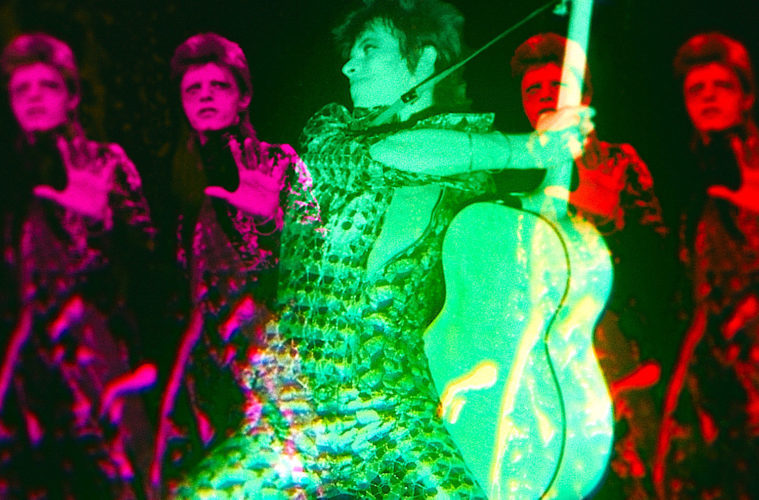It’s been six years since David Bowie left our earthly realm and it is not an exaggeration to say that his music, image and creative output is more mythologized and simply more beloved and treasured than ever before. Brett Morgen’s vividly immersive new documentary-driven opus Moonage Daydream seeks to capture the music genius’ otherworldly essence and bring something new to the cinematic universe in the process. It succeeds and then some.
This is the film hardcore Bowie fans have been waiting for. And it’s the film David Bowie deserves.
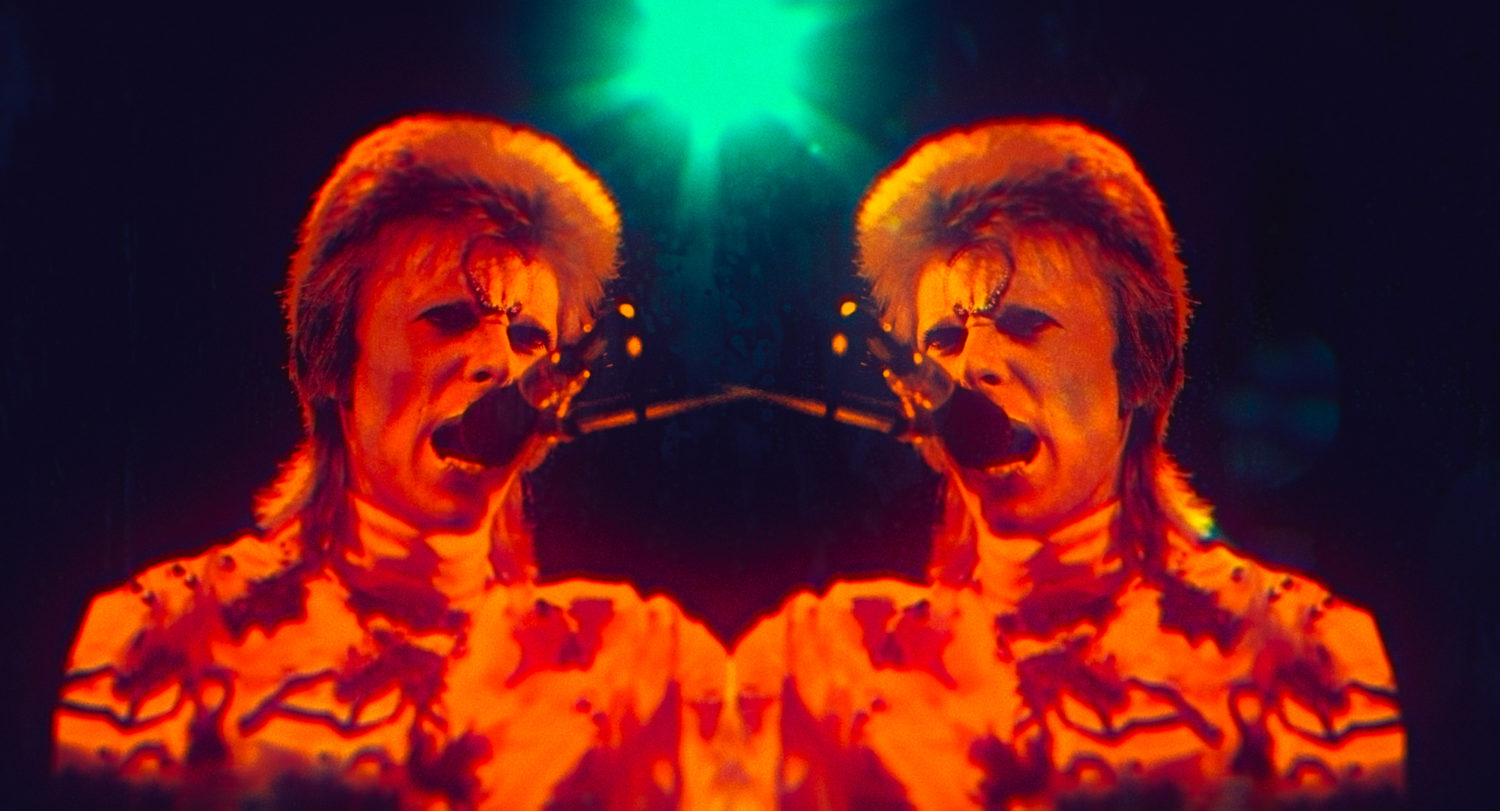
Starman (Courtesy NEON)
A collage of imagery, ideas, music and emotion, Daydream is presented in an intentionally loose, nearly non-linear way, eschewing Behind the Music biography tropes for something experiential, kaleidoscopic and concert-like. Throwing out traditional set-ups like talking heads and rigid chronology yields one of the most insightful portraits we’ve seen about a music artist, maybe ever. Of course, the sole narrator is Bowie himself and that makes all the difference. As your senses are seduced by eclectic edits and alluring imagery (both Bowie-created and pop culture related), your mind is enveloped by the subject’s sensitive and insightful words, which create a decidedly un-hazy cosmic connection spanning two-hour-plus runtime. It’s a long movie but never feels laborious, and it’s consistently enlightening.

Filmmaker Brett Morgan (Photo by Francois Berthier/Contour by Getty Images)
“I don’t go to cinema to learn, I go to experience and to be entertained,” Morgen, who lives in L.A., tells us during a far-reaching Zoom interview after the movie’s initial press screenings.” If my brain gets lit up, that’s great. That’s a bonus. But I’m really there for the sensory experience – this is my first sort of love of cinema.”
The filmmaker initially conceived of something called “the IMAX music experience” which he planned as a slate of 15 films that he would put out once a year (“they would be non-biographical, possibly nonlinear, and heavily curated,” he says). He got financing and started to focus on the Beatles, when Bowie passed. He called Bowie’s estate executor, and business manager, Bill Zysblat, who he had met with several years earlier and told him what he was interested in doing, after which he learned that the music legend had literally saved everything, and had even been purchasing footage and things chronicling his career via auction blindly for over 25 years. Suddenly, his idea had a more single-minded focus: an epic celebration of music’s most inimitable rockstar.
“He didn’t know what he was going to do with all this stuff. They told me that David didn’t want to do a sort of traditional documentary. So I called them with my pitch, which was like, ‘Hey, I want to do an experience.’ It was simpatico with their interests,” Morgen shares. “What’s really interesting is, when I acquired the rights, they provided me with final cut and total access to everything in the vault, no restrictions or limitations. That was tremendous. And that’s sort of where the journey began.”
The journey ultimately lasted over five years, during which Morgen – who is best known for the artful Kurt Cobain chronicle Montage of Heck and one of the more interesting Rolling Stones docs, Crossfire Hurricane – had more than a few moments of struggle.
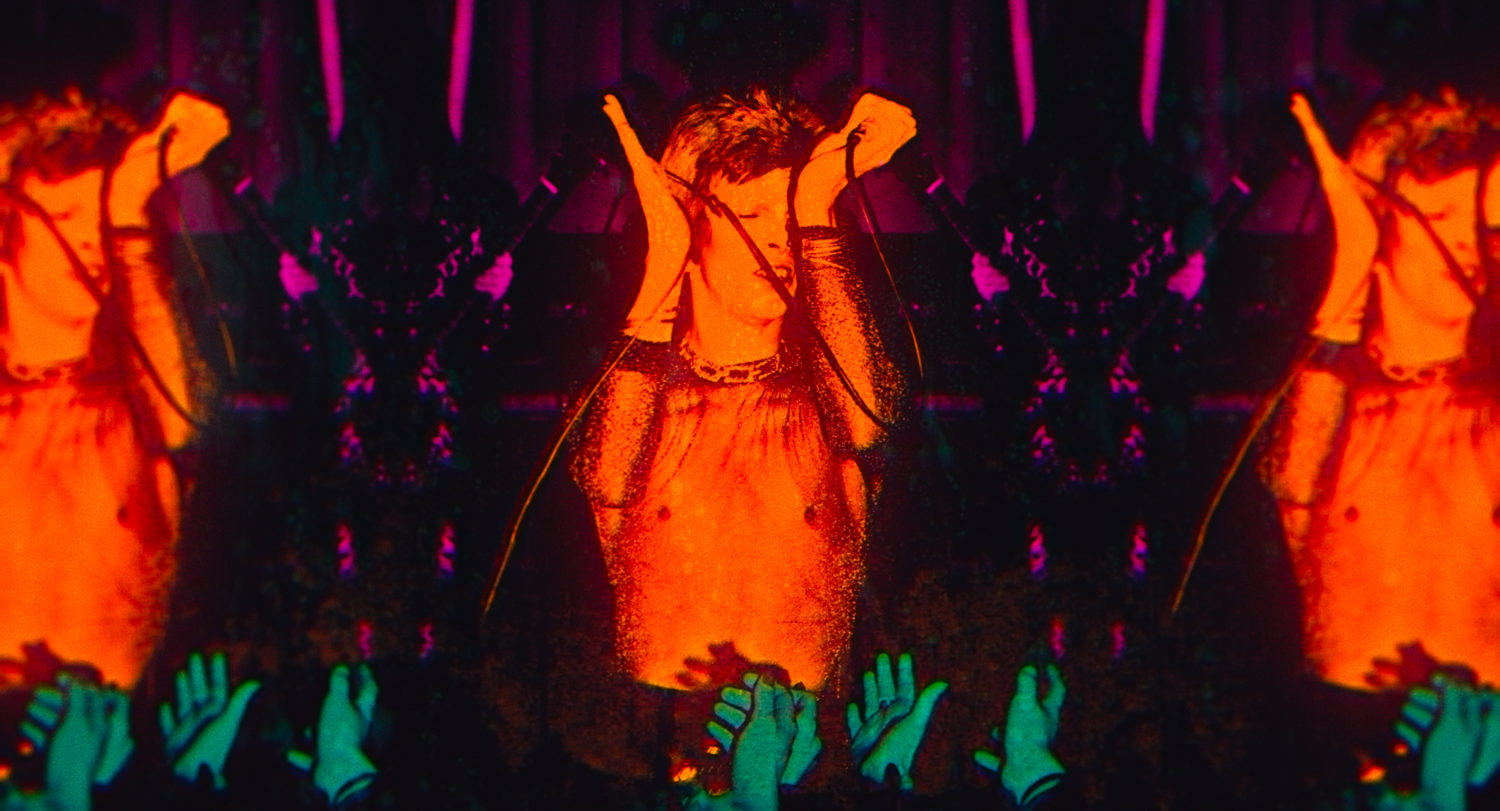
Queen Bitch (Courtesy NEON)
“We got inundated with more media than we were prepared to work with,” he remembers. “I had built a screening schedule for four months, but it ended up taking two years to work through and screen through the material, and probably two years prior to that to bring all that material into our office. So our budget was gone. By the time I started editing, we had no more resources. It ended up that I was my own producer on it, and my own editor. I had to work myself out of this and find my way. It was strange because films are generally collaborative and this became a very kind of personal endeavor.”
Shortly into the production, Morgen suffered a severe heart attack (on January 5, 2017). The married father flat-lined at Cedars-Sinai and was in a coma for a week. “It didn’t happen by accident,” he admits. “You know, I was 47. Most people that age generally aren’t having heart attacks, but I had a lot of bad habits – I smoked, I didn’t exercise. More importantly, my entire reality was work. I was a workaholic and stressed out over every little detail of everything. And that’s how I’ve always been wired. My life came to a halt. And when I woke, I was definitely not a changed man – one of the first things out of my mouth to the surgeon was ‘I have to be on set on Monday.’”
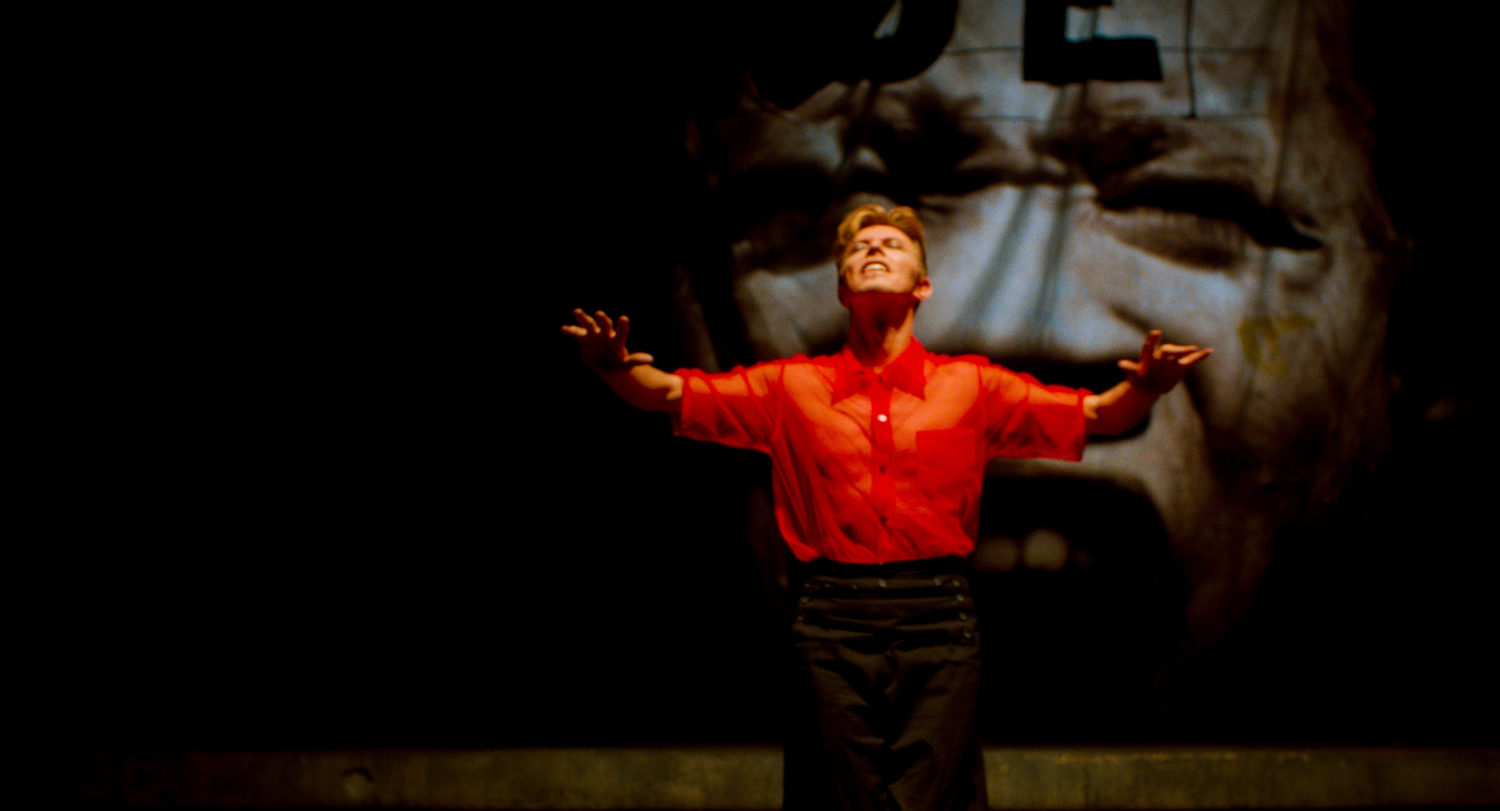
Watch That Man (Courtesy NEON)
Eventually though, he realized he needed to settle down. He began to look at Bowie’s media, and says that the Starman’s “philosophical musings and infinite wisdom” struck him on a personal level. “He was the perfect messenger at the perfect time for me to receive these messages in my life,” Morgen says. “I felt through his words, and examples, that he was guiding me and helping me learn how to lead a more balanced life. And that is when I realized that more than a theme park ride, this film would be an opportunity to provide a roadmap for how to lead a successful and fulfilling life during an age of chaos from fragmentation. And if nothing else, that I can leave that behind for my kids in the event that I have an early exit. So that I could speak through David to them and hopefully, they would be able to find the same sort of solace and inspiration and guidance that I’ve received.”
“Everything’s rubbish and all rubbish is wonderful.” – David Bowie
As Moonage Daydream begins, we are treated to some live footage and thoughtful musings from the man himself about humanity, art, and the “deep and formidable mysteries of life.” These are intercut with vibrant imagery of Bowie’s early guises as Ziggy Stardust, performing songs such as “Wild Eyed Boy from Freecloud,” “All the Young Dudes” and the glam power ballad “Life on Mars?” with alternate footage from the iconic Mick Rock video in which the singer dons a powder blue suit and pigmented blue eyeshadow (a look that was recently immortalized by Mattel as a Barbie doll).
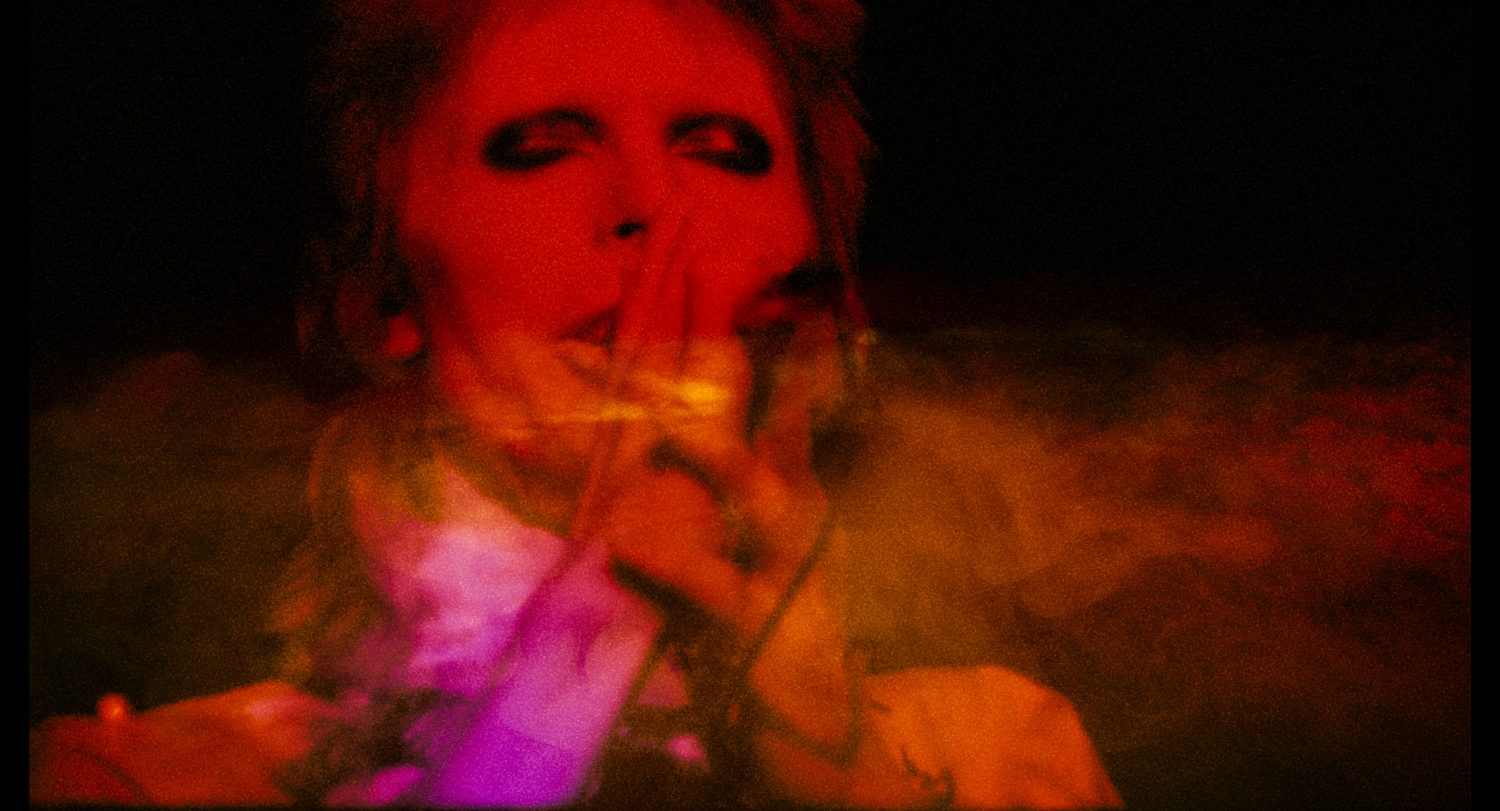
Sound and Vision (Courtesy NEON)
Bowie’s androgynous, pansexual aura and image make up a large part of the voice over that guides the film early on, while archival footage from various interviews he gave at the start of his career provide eyefulls of his style as well as personable wit and openess. To say he was misunderstood and even mocked for his unconventional creative choices when he started out is an understatement. During a conversation with Dick Cavett, the talk show host relays that a viewer wasn’t sure she wanted to meet him because he looked like he practiced black magic. As he often did, Bowie let the mystery hang there, making an impish remark and maintaining a shameless attitude.
In terms of the music, Moonage Daydream is not a greatest hits packed jukebox affair. It’s packed with plenty of his most epic tunes, but some are just snippets. Still, you don’t miss much here. The soundscapes that are included serve a purpose in highlighting the star’s thoughts and expression. And his charm shines through every moment.
“I met Brett in my recording studio about five years ago in New York,” recalls longtime Bowie producer Tony Visconti, who has a credit on the film and stayed in a Bowei orbit playing tribute concerts and working on music for the “Bowie Is” museum exhibition. “I became an important source for the audio content of the film. I was there as an advisor to the surround sound mixing engineer. What was astounding is that the film had no grain, it was solid, stunning visuals with smooth hi-frame video. In the close ups you could see the pores on Bowie’s face. I did see more snippets over the past five years that were cleaned up in the same way. Besides myself there was an audio team also making the audio sound much better than the source. There is technical wizardry in all that and when seen and heard, especially in an IMAX theater, you will get the most Bowie ever – sensory overload.”
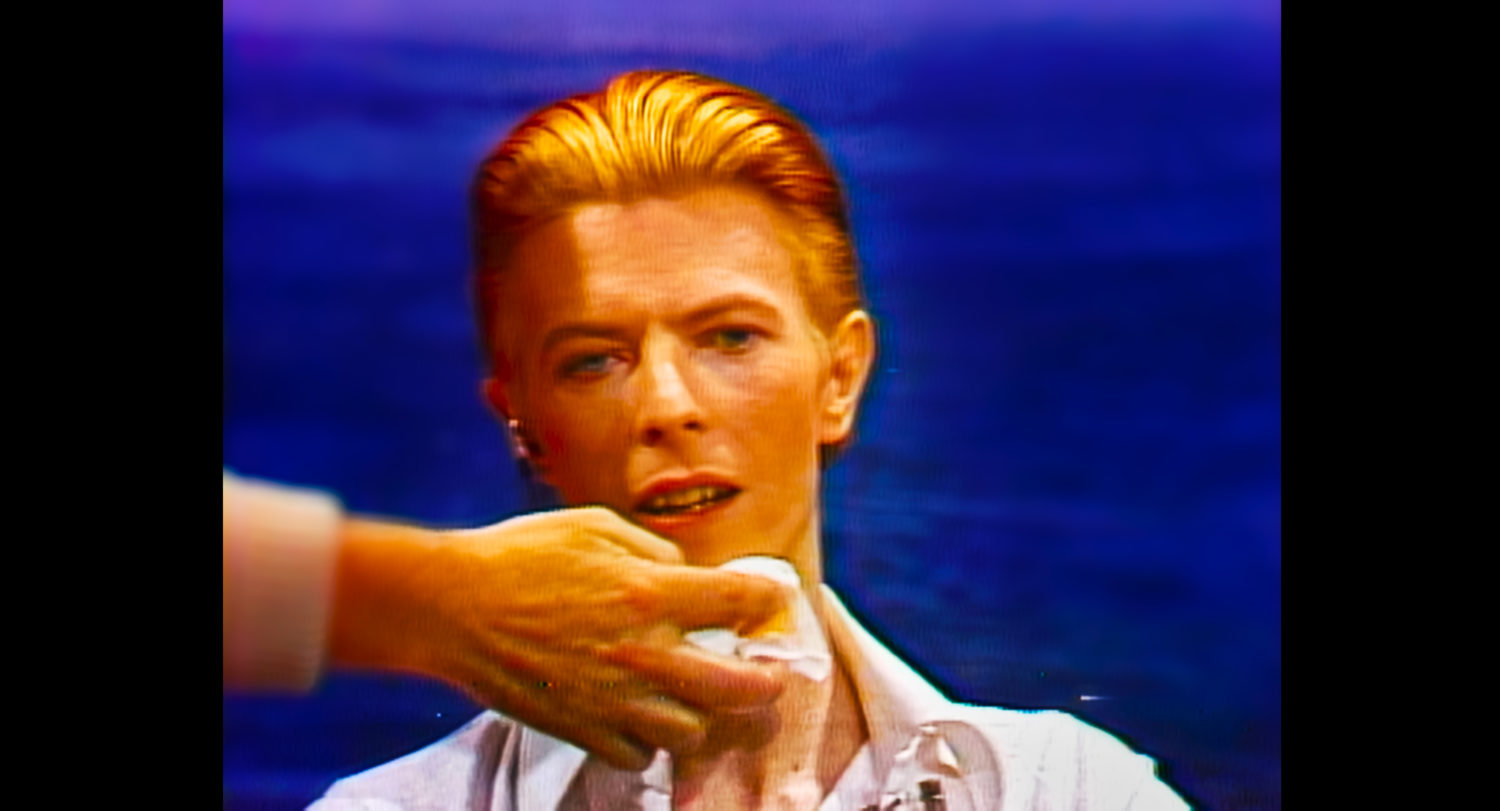
Golden Years (Courtesy NEON)
“My work on this film was a constant reminder that I lost a dear friend of 48 years,” Visconti adds, sending us some follow-up thoughts via Facebook DM. “But I feel he’s always there when I continue to work on his music. I know it sounds weird, but I often think, ‘what would David have me do?”
WWDBD? (What Would David Bowie Do?)
Visconti will not be alone after fans see this film. Bowie’s zest for life, search for inner spirituality and quest to expand his art beyond music – he’s shown painting, dancing and acting in various movie roles (The Man Who Fell To Earth, Labyrinth, Merry Christmas Mr. Lawrence and more) and on stage (The Elephant Man) – is more than inspiring, it’s exalting. There’s a reason Bowie fandom is so fierce, and it goes beyond the beauty and boldness of his music or even his image. Whatever persona you connect to and whatever album tops your listening list, one thing remains the same: Bowie was always seeking and changing and experimenting. As one audio clip relays in the film, he was constantly questioning his relationship with the universe and he was testing it with his art.
“The artist is a figment of the imagination,” he says, and clearly he wanted to stretch the boundaries of what any of us might imagine visually and sonically, even when it was within the structure of a pop song. He’s influenced so many, especially other musicians, and though he passed years ago, his music continues to resonate. “Celebrating David Bowie” concerts featuring his former touring players still happen annually throughout the country, and Bowie covers by the biggest artists at arena shows has become almost di rigueur these days, as evidenced by the opening set at the Taylor Hawkins Tribute at Wembley Stadium recently and just last weekend at Duran Duran’s trio of 40th anniversary gigs at the Hollywood Bowl.
Bowie fandom is fervent in a deep love kind of way that goes beyond image or even a favorite song. It’s about expression, creation and living life to the fullest. We belong to many fan groups on social media, but The Church of David Bowie group on Facebook has been one we visit often to connect with likeminded people, people who think about and honor Bowie daily, and apply his open-minded zest for life to their own.
“I didn’t think it was possible to love David Bowie even more,” enthuses Sonia Wike – a Church member and one of the organizers of the annual gathering at his Hollywood Walk of Fame star – after a fan screening of Daydream. “I’m not sure I even took a breath during the whole movie. One of the messages I took away from the film and Bowie’s message is that life is chaos and once we stop fighting it and just move with the chaos, the more content we’ll be.”
Morgen concurs: “The way that David talks about the creative process is, I believe, applicable to anyone, whether they’re day laborers or artists or teachers… whatever your vocation,” the filmmaker explains. “It transcends art. These are ways to live your life. To make each day exciting and adventurous, and to take opportunities and view them as chances for an exchange. Not something laborious, but something that we can all grow from. You and me. Not because we’re trying to reach Nirvana, but simply because we’re trying to make this day as rewarding as it could possibly be.”
Moonage Daydream is in IMAX theaters now. Screening info at moonagedaydream.film.
Advertising disclosure: We may receive compensation for some of the links in our stories. Thank you for supporting Irvine Weekly and our advertisers.

